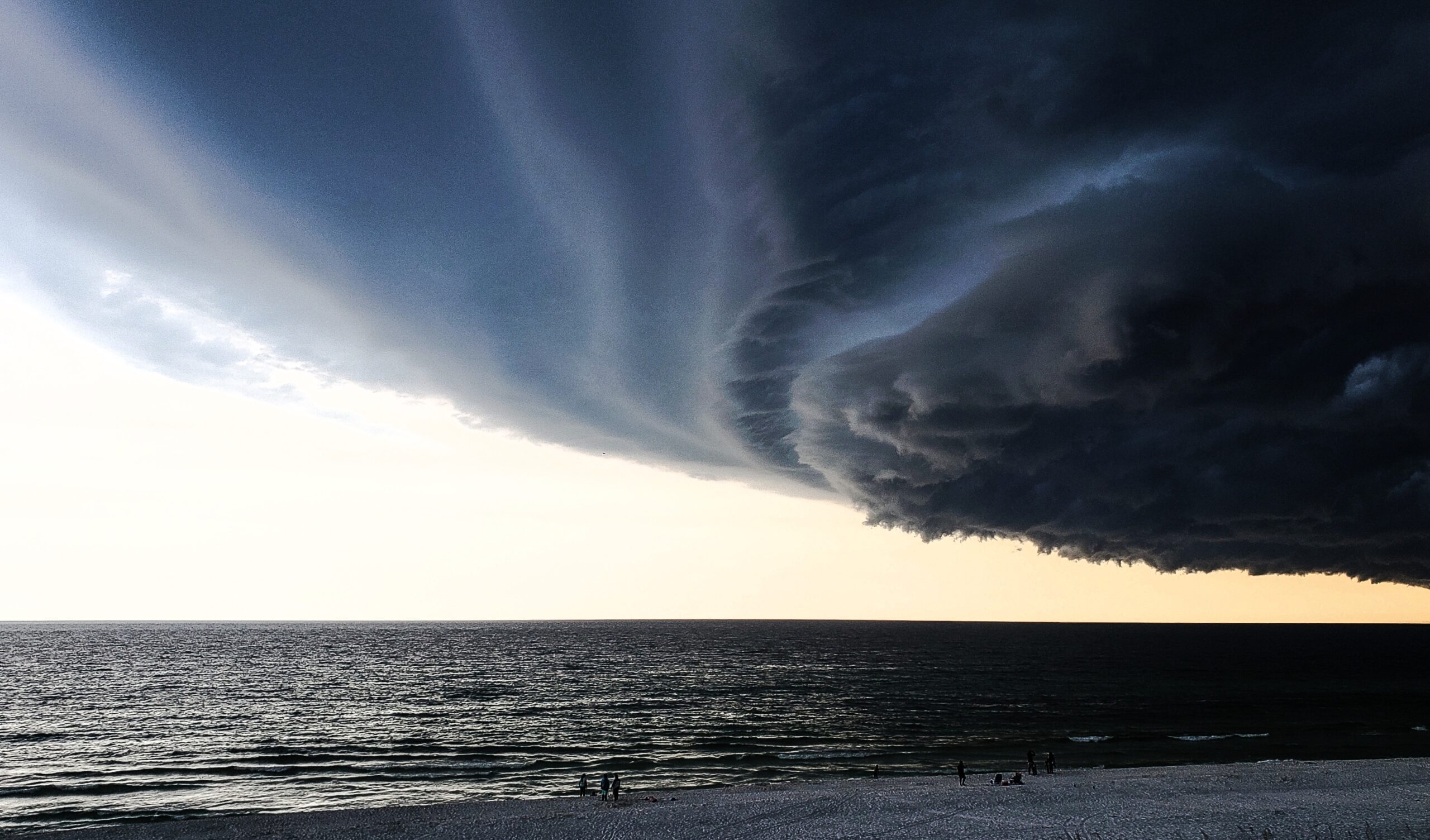 Emergency Networks and Climate Resilience: Preparing for the Next Wave of Natural Disasters
Emergency Networks and Climate Resilience: Preparing for the Next Wave of Natural Disasters
In 2024 alone, 27 separate weather events each caused more than a billion dollars in damage and every year, hurricanes reach farther inland and severe storms form with little warning. Each event tests the systems that public safety and infrastructure teams depend on. The real question is not when the next disaster will strike, it’s how long communications will last once it does.
Investment in preparedness always pays back. Research shows that every dollar spent before an event saves many more afterward. That logic extends beyond bridges and power lines. It applies to the radio systems that guide evacuation, rescue, and recovery. Reliable, rapidly deployable communications make the difference between coordination and confusion when the situation turns chaotic.
The Climate Pressure on Emergency Communications
Wildfires now burn longer and hotter, generating smoke and heat that distort propagation paths and foul connectors with particulates. Power lines and donor antennas exposed to this radiant heat lose stability while airborne suppression chemicals can coat outdoor components. Hurricanes bring out their own obstacles: salt corrosion, high wind loads, and weeks without grid power. Severe storms across the interior add ice, flooding, and debris that interrupt donor signals and strain tower hardware. These conditions reveal how much infrastructure still depends on mild weather.
Research from the National Science Foundation and NOAA shows that compounding events fire followed by storms, or flooding after drought are growing more common. Each one creates new mechanical, electrical, and radio stresses. As communities adapt building codes and stormwater systems to these realities, communications networks must evolve in parallel. When first responders lose coverage inside damaged buildings or shelters, coordination slows and safety margins narrow.
What Fails First in Conventional Systems
Traditional radio systems and passive repeaters were never designed for long-duration grid loss or overlapping disasters. Rooftop antennas shift under high winds, creating oscillation or gain collapse inside building amplifiers. Floodwater entering basements can short power supplies and connector terminations. Conventional BDAs often shut down after brief outages because batteries are undersized or charging systems lack proper monitoring.
These weak points mirror a larger infrastructure problem of reactive repair instead of forward design. Emergency networks restored to pre-storm condition remain just as vulnerable to the next one. Federal research and economic studies alike show that building right once costs far less than rebuilding repeatedly. In communications, that means hardware designed for sustained load, sealed housings, and selective amplification that holds its noise floor when donor conditions fluctuate.
Resilient In-Building Coverage and BDAs
In-building coverage systems now form a key layer of disaster readiness. When outside networks fail, a compliant BDA maintains intelligible radio coverage for first responders moving through stairwells, basements, and temporary command areas. TX RX BDAs are engineered for that environment. Their UL 2524-listed designs combine Class A and Class B operation, housed in NEMA 4 enclosures with extended holdover options. Integrated alarms for donor failure, battery status, and oscillation connect directly to annunciators or building management panels, giving responders real-time visibility when access is limited.
These systems are also built for long-term survivability. Internal temperature management and per-channel power control reduce heat load under stress. Modular architecture allows quick replacement of components after exposure to moisture or smoke without full system teardown. As climate hazards extend beyond traditional seasons, BDAs built to these standards shift from code compliance tools to permanent resilience assets.
Filtering as a Layer of Resilience
Disaster response always brings mutual-aid agencies, mobile command posts, and temporary towers that introduce overlapping frequencies that can drown local channels in interference. High-selectivity bandpass filters keep those signals separate, maintaining clear reception for trunked and P25 systems.
TX RX outdoor-rated filters are tuned for these conditions. They reject neighboring signals that cause intermodulation, even as humidity and temperature fluctuate. Each unit is sealed against water ingress and fitted with lightning protection for rooftop or mast installation. During wildfire or hurricane recovery, when portable transmitters and cells-on-wheels (COWs) flood the airspace, clean signal separation becomes an operational safeguard. Filters preserve clarity where coordination already runs thin.
Rapid Deployment and Scalability
Resilience is as much about speed as endurance. When towers collapse or coverage disappears overnight, agencies need systems that can be up and running in hours. Pre-engineered TX RX systems are built for that pace. Compact footprints and standardized wiring simplify field installation, and field-programmable passbands shorten configuration time. A single controller can manage multiple units, making it easier to scale coverage in hospitals, shelters, or temporary operations centers.
Power flexibility matters just as much. Dual-voltage inputs and low idle draw allow operation from generators or DC plant power without overloading limited capacity. Combined with 12- or 24-hour battery holdover options, these features support continuous service even during grid loss. The same qualities that help agencies restore service after disaster also simplify pre-disaster hardening and rapidly deployable configurations turn resilience from a plan into a practiced capability.
Looking Ahead
Recent climate studies and on-the-ground experience show how quickly disaster patterns are changing. Public safety networks along every coastline and corridor are being rebuilt to handle that change. That includes communications infrastructure.
No matter the location, the aim stays the same: to keep communications steady when weather turns hostile. As emergency managers adopt broader planning frameworks and continuous improvement cycles, communications equipment must match that adaptability.
Let TX RX Help Build Your Disaster Response Plan
Building for climate resilience means thinking beyond recovery. It means systems that stay functional through heat, wind, and water, not just systems that restart after. TX RX provides the tools that make that possible by offering UL-listed BDAs with extended holdover, environmentally sealed housings, and outdoor-rated filters that keep channels clear when the spectrum grows crowded. Resilient, deployable communications networks protect lives and maintain coordination when other systems fail. Contact us today to get started on building your custom disaster response system!
